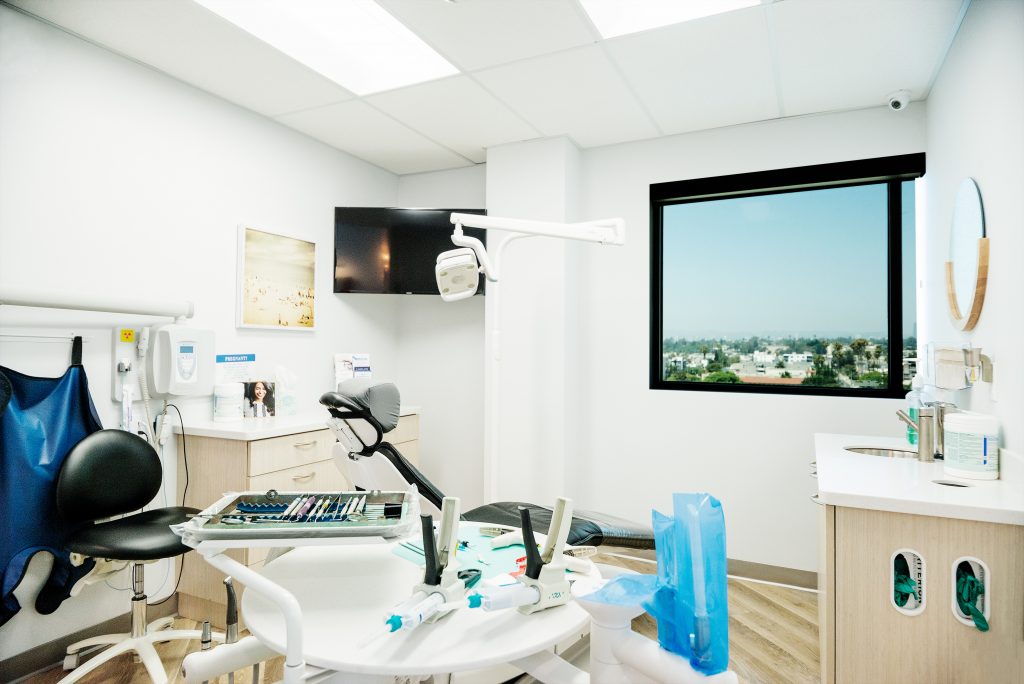Article by CDA
As California and the nation start to look toward a phased reopening of sectors of the economy, it is important to consider how a “return to practice” will work for dentistry.
Importantly for this effort, a practicing dentist from San Francisco, Natasha Lee, DDS, was appointed by Gov. Gavin Newsom to California’s Economic Recovery Task Force. Dr. Lee is also a member of CDA’s COVID-19 Clinical Care Workgroup and Economic Recovery Workgroup.
In March and early April, the federal Centers for Disease Control and Prevention and Centers for Medicare & Medicaid Services and the California Department of Public Health all issued guidance that dentists should only perform urgent and emergency care. This guidance was driven by data demonstrating an alarming rise in community transmission across the country and the need to flatten the COVID-19 curve of infection and death and to protect dental personnel and their patients from the virus. CDA, ADA and most state dental organizations issued recommendations consistent with the federal and respective state authorities regarding how to apply the guidance in serving patients during the crisis.
In addition to enormous advocacy for economic relief, the next critical phase of work is to address recommendations about when the profession may resume thorough patient care and what practice changes will be needed to provide that care.
CDA President Richard Nagy, DDS, and California State Dental Director Jay Kumar, DDS, have established a workgroup composed of dental practitioners, academicians and researchers to help establish the recommendations for this forward-looking path.
The workgroup’s return-to-practice guidance will be informed by dental office infection control fundamentals and COVID-19-specific research and advisories. Also, the workgroup is monitoring federal and state advisories and conditions for reopening the economy.
While many details still need evaluation, what is certain is that significant steps must be taken to restart the broader economy and dentistry. Providing frequent close-contact, high-aerosol procedures that are common in dentistry will require meeting several conditions. The two most vital components are the wide availability of rapid testing and sufficient availability of PPE, which unfortunately do not exist currently. Until they do, recommendations about patient care will continue to include functioning in a highly restricted environment.
Gov. Newsom has announced a six-point plan for how a phased reopening of the California economy will be implemented. Significantly, the plan hinges on wide availability of reliable testing and PPE.
As Allan Zaremberg, president of the California Chamber of Commerce, said when the plan was released: “As our employers look toward rebuilding their businesses and providing the services Californians need and want, it is critical that we focus on developing workable physical distancing protocols and other measures that both provide necessary levels of safety for all and maximize the number and kinds of operations that are allowed to rejoin the economy.”
In order to adjust the recommendations for dentists to start providing some measure of additional care in California, similar important milestones must be achieved. These are:
Near term:
While there remains an absence of tools to ensure COVID-19 screening accuracy, any increase in dental care beyond emergencies only must ensure that treatment can be provided safely in the dental office for patients and the dental team. This means that dental personnel must have:
- Access to appropriate and plentiful PPE to protect against potentially infectious aerosol transmission.
- Viable options for eliminating, reducing or containing aerosol production during care.
- Access to training on COVID-19-specific protocols and procedures.
Midterm:
When tools become available to increase screening accuracy, standard precautions can be utilized as appropriate. This requires availability of:
- Community-wide virus-activity testing, with dentists having access to results.
- Rapid point-of-care virus-activity testing that can be administered in the dental office for the purpose of determining appropriate dental care.
- Antibody testing or other processes to confirm immunity, with dentists having access to results.
Long-term:
When COVID-19 is no longer considered a public health threat and standard precautions and screening for ATDs will provide appropriate protections, the following conditions will exist:
- COVID-19 vaccination will be widely available; patients will provide proof of vaccination or positive antibody test.
- No community transmission will be detected.
CDA leaders and staff are deeply concerned about the delayed health care for patients and economic hardship as a result of the current crisis. While a set time frame cannot be established to meet any of these goals until there exists a reliable supply of proper PPE and COVID-19 testing, members can be confident that CDA is strongly advocating for tests, supplies and economic relief; addressing questions from members through support and education; and working with local, state and national leaders to guide the establishment of best practices and appropriate metrics to meet these goals.
As progress is made, CDA will broadly and aggressively communicate updates to ensure you can begin to reopen your practices to more thorough and routine care. Questions for Natasha Lee, DDS may be sent to [email protected].




0 comments on “Return-to-practice roadmap for dentists in post-COVID-19 pandemic”